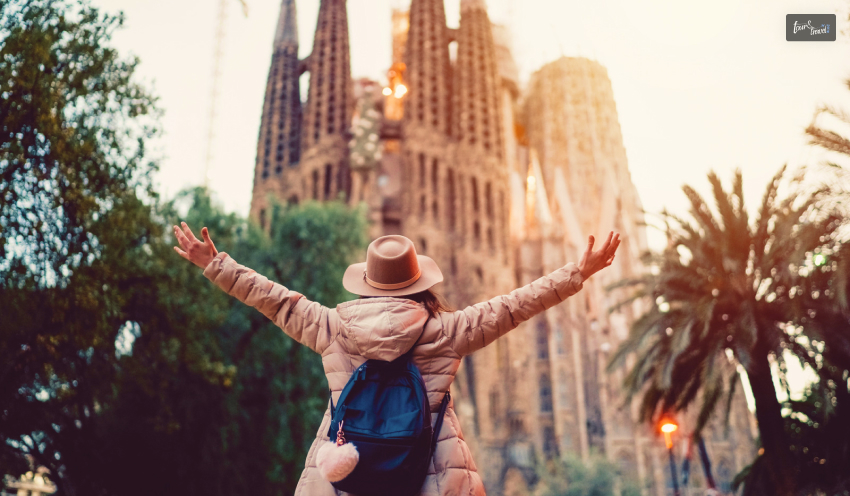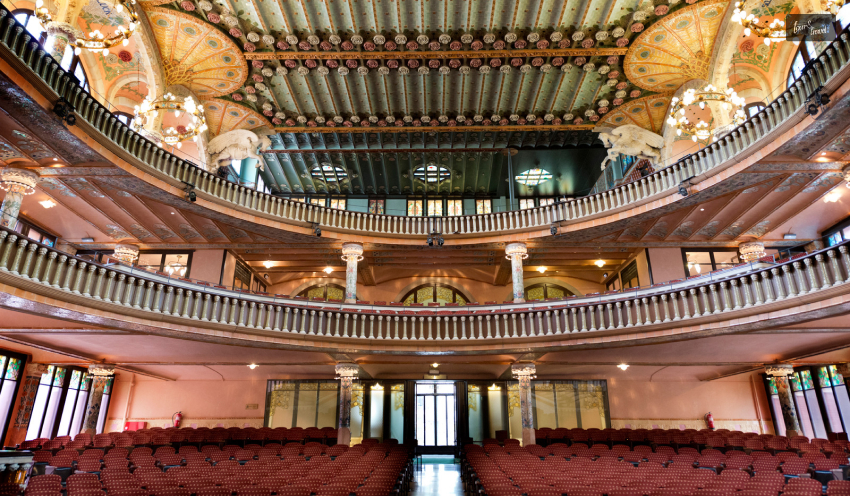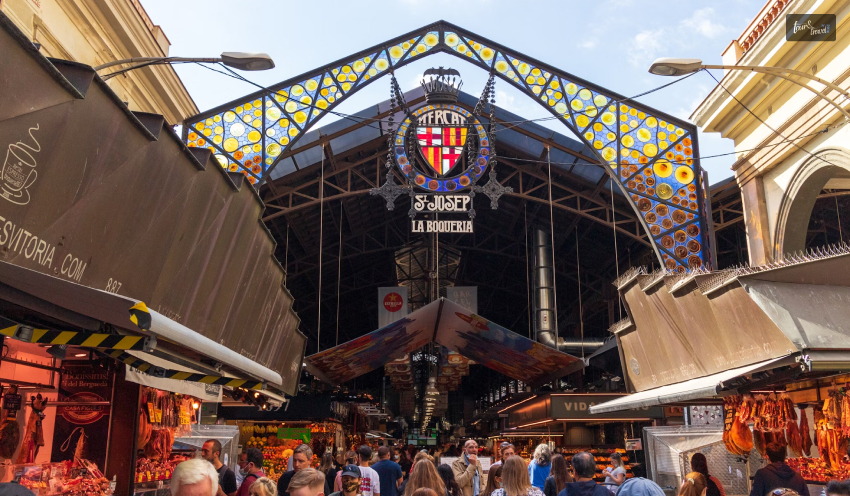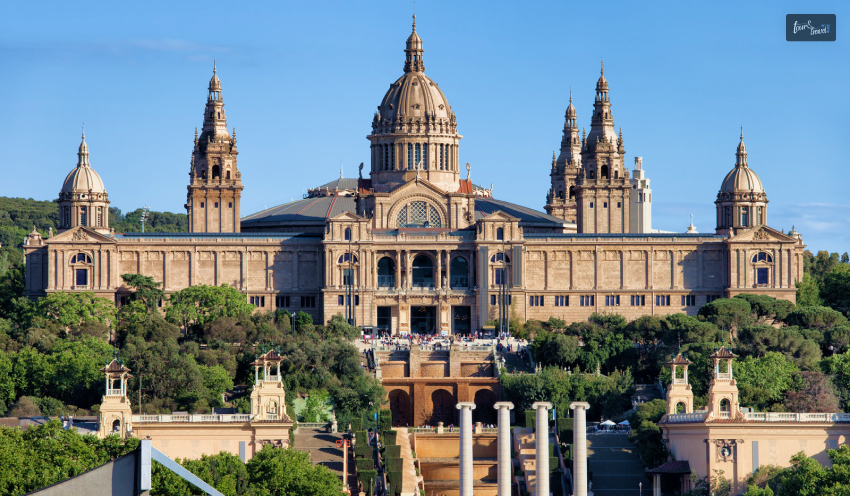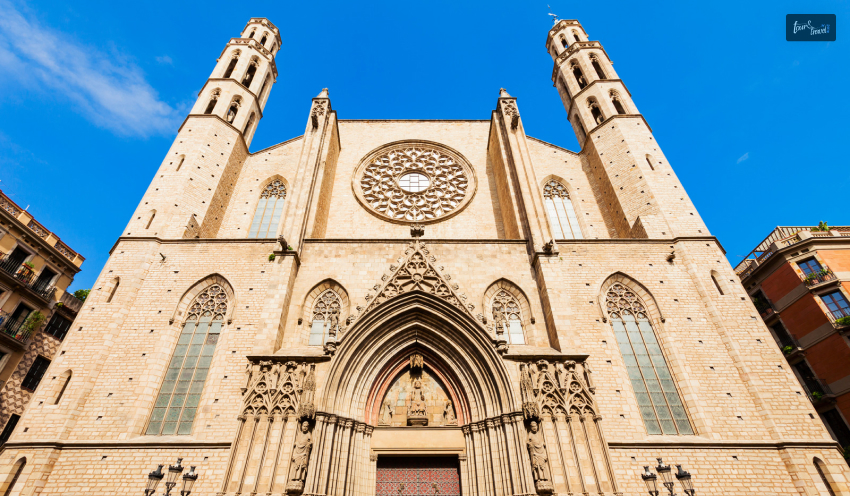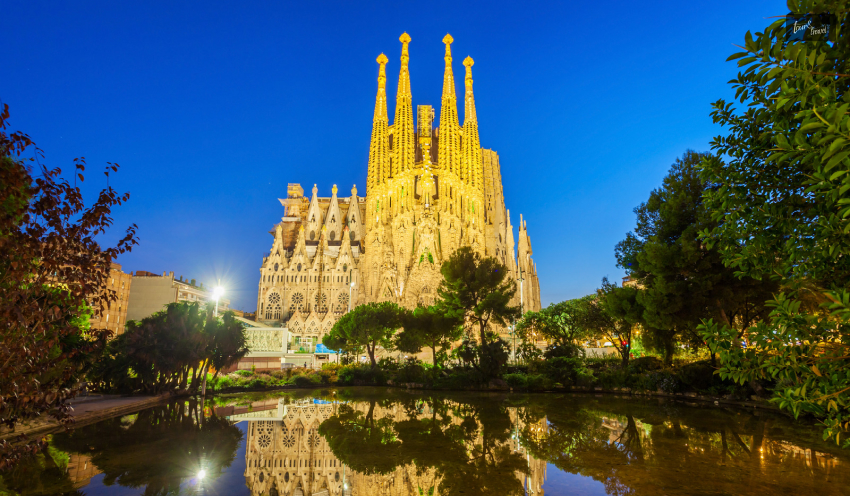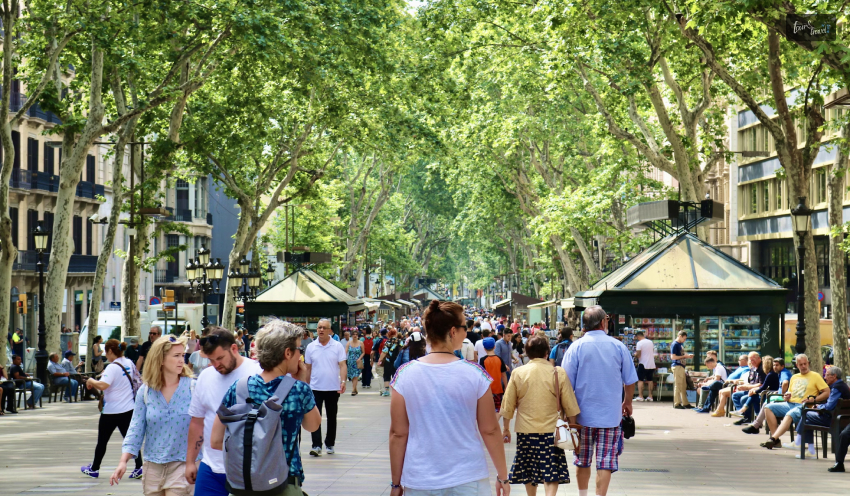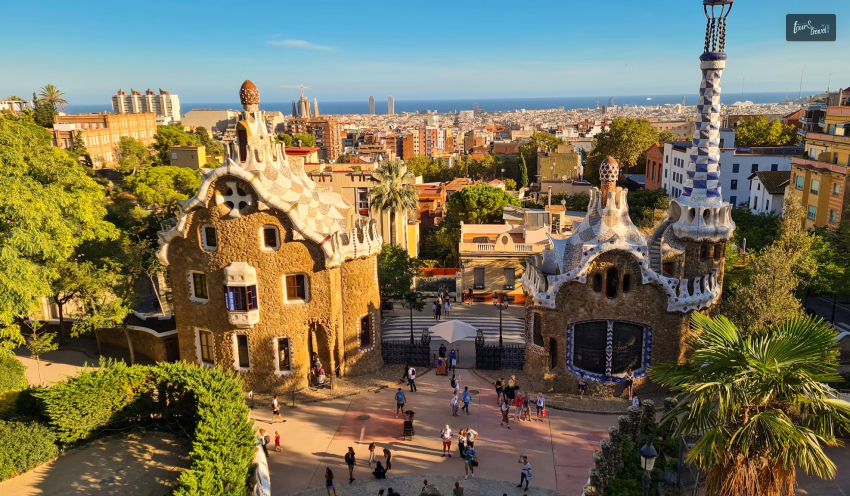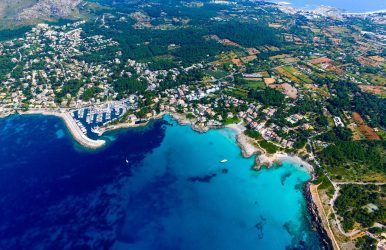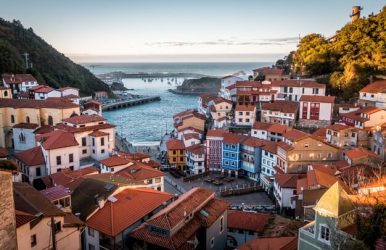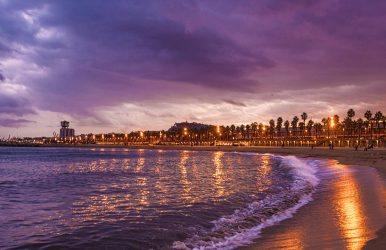Car Hire Tips for a Safe and Enjoyable Holiday in Mallorca
BY Ankita Oct 7, 2023
The beautiful island of Mallorca is one of the most popular attractions for visitors in Spain. Its beaches, cliffs, coves, winding roads, and places of historical interest attract tourists throughout the year, with September being the peak month for tourism on this island. Renting a car is a great way to get around on this island; it frees you from private taxis' and public transport costs and constraints, respectively. A car hire Mallorca lets you visit famous sites before the crowds arrive. Your best bet for a gratifying experience in the Formentor peninsula and the old villages of Majorca is to reach these places early to commune with nature, take in the sights, and click the best photos. It's worth noting that while the official driving age in Mallorca is 18, most Mallorca car hire businesses like mallorcacarhirecompany rent out their vehicles to drivers 21 or older. You'll be expected to furnish a driving license from your home country at least a year old. Some Mallorca hire car companies may levy additional charges if you're below 25 or over a certain age. The Benefits Of Booking Early Tourists come to sunny Mallorca in the summers, when the prices of everything related to tourism go up, including car rentals. You can save money and get a vehicle of your choice if you book early. As with all aspects of vacationing, planning helps with hiring car rentals, too. Many things fall into place when you decide to book early. Your car rental bookings will depend upon your itinerary, hotel stays, eating places you've earmarked, and must-do activities. Once you've planned these things, you can book in advance for most of these activities and save a decent amount. The airport is the best place to rent a car; you can also rent them from the beachside towns that host holidayers. For longer stays on the island, of a week or more, you should consider a car hire from Mallorca from the airport because of the operators' reliability, fair prices, and vehicle choice. The best months for the best rates are February and March. You can compare rates for car hire companies operating in Mallorca online and read reviews. Ascertain that there are no hidden costs and surcharges. Check the cancellation fees. Rental car services on the island offer a choice between unlimited mileage or a daily defined mileage. Your rental vehicle may have geographical restrictions; for example, if you plan to visit Menorca, check if that's allowed with your rental vehicle. Do You Need A 4WD? Narrow roads on the island add to the already considerable charms of the place but are not ideal for wider vehicles. Consider narrower cars to best navigate the roads leading to mountain tops, beaches, and the countryside. The roads in Mallorca are paved, and you won't be climbing on extreme gradients, so you don't need vehicles with powerful engines. You will need a 4WD to access certain coves and beaches. Know that insurance coverage extended by the rental applies only for incidents on paved roads; if you get off the beaten track, you're most likely not covered by insurance any longer. Some beaches/coves along the southeast coast are only accessible by tracks. But even if you have a 4WD, the insurance protection associated with the rental does not cover using the car out of paved roads. Vehicle Type Considerations It is a norm in Majorca to group cars alphabetically. Rental vehicles equipped with only essential utilities are classed as A, and the grading progresses to B, C, and D such that a Z-category vehicle is a high-end one with enough and more utilities and amenities but will also cost more. Cost is an essential consideration for many visitors to the islands of Majorca, Menorca, and Ibiza. Book as early as possible to keep costs down, avoid booking larger vehicles, and adhere to the drop-off and pick-up terms. Check if the rental service offers a discount on car rentals beyond a week. Would you save and enjoy more by extending your stay by a few days? Hotels, too, offer similar discounts for extended stays. While the car rental business in Mallorca is relatively scam-free, you should remember that If The Prices For A Car Rental Sound Too Good To Be True, They Probably Are. Find Out A Company's Terms For Damages To The Vehicle. Rental Companies That Rent Cars For Low Costs May Try To Make Money by charging stiff amounts for repairs. Click photos of the car, its sides, bonnet, roof, and interiors at the pick-up and drop-off. Insurance And GPS Educate yourself on the different choices in insurance available. Unlimited third-party liability insurance is the mandatory insurance for rental vehicles in Spain. Optional cover includes collision damage waiver theft protection. If you opt for no insurance except the mandatory one, you could face a hefty out-of-pocket cost if something happens to the vehicle. Many credit cards offer insurance that covers rental vehicles. Regular car insurance, which you might be availing of for your car back home, may also cover rental cars. A GPS makes navigation easier. Please bring your own. It's a big help in locating fueling stations, hotels, motels, auto mechanics, police stations, landmarks, and more. Use your phone to connect to a paid GPS, but check the costs. If you want to do things the old-fashioned way, bring a map or download one to your tablet or phone. This will save you expenses that a GPS may incur. Additional Driver And Child Safety Laws Will you be doing all the driving, or will you need the assistance of an additional driver? Rental agencies charge extra for a driver's services; compare agencies for costs and the terms of hiring a rental car with a driver. Brief yourself on traffic safety laws in Mallorca and also child safety rules. On this island, children weighing below 18 kg must sit in child seats, and those under 4.4 ft tall should sit on boosters in the rear seats. Factor in these points when planning a Mallorca vacation so that you can enjoy your stay on the island stress-free. Read Also: Living In Sunny Spain As Digital Nomads The 5 Most Historically Significant Buildings 5 Ideas For Wine Tours In Barcelona- Make It Happen

